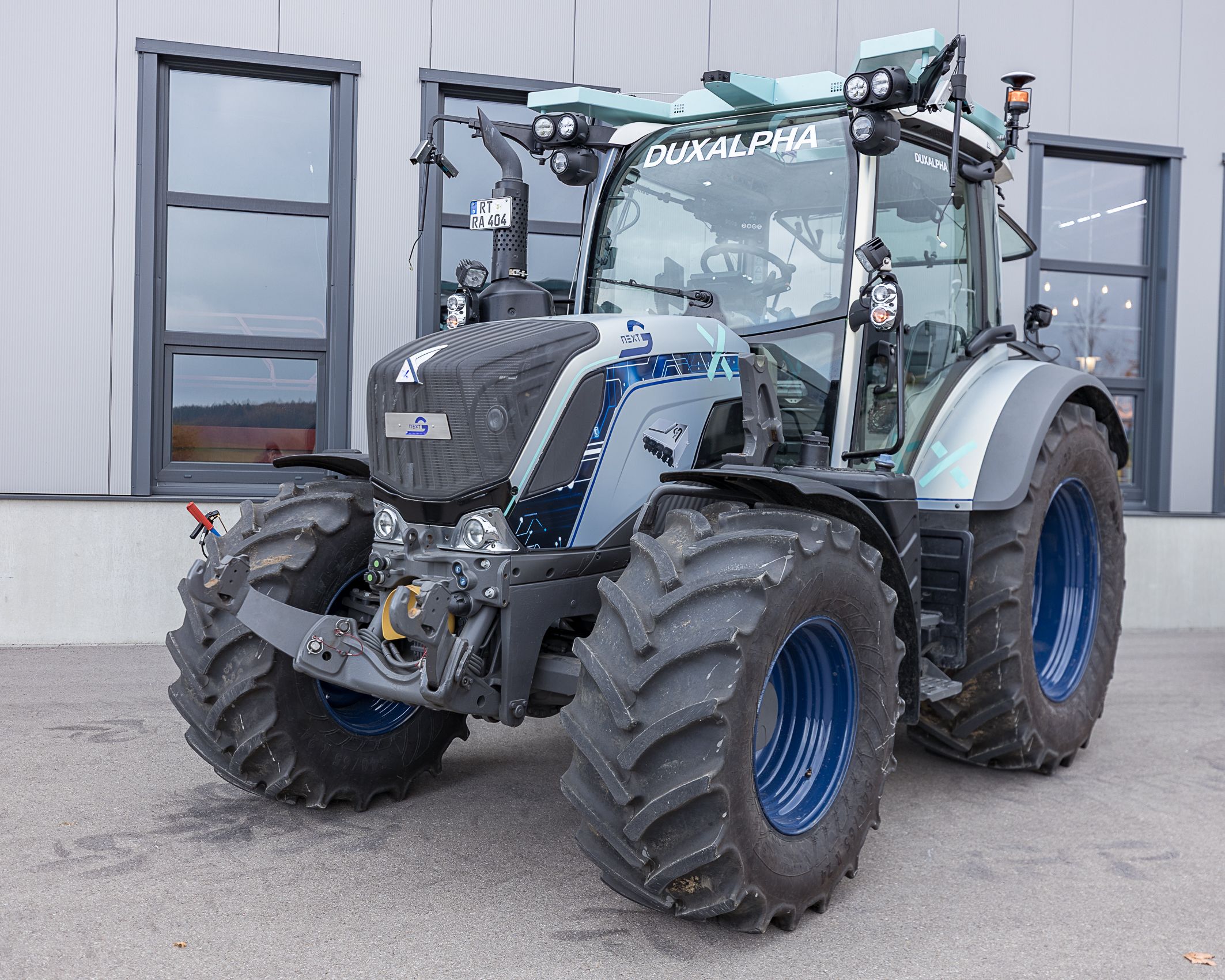
MIRA GmbH and the Rheinmetall Technology Center (RTC) are bringing their teleoperation technology into agriculture for the first time. Together, we are developing systems that enable the safe remote control of agricultural vehicles via public mobile networks (4G/5G) and satellite networks. In cooperation with Arnold NextG, a tractor is being created that operates highly automated in the field and can be moved between the farm and the place of operation via teleoperation.
While Arnold NextG provides the technological basis for automated field work in the form of drive-by-wire actuators, RTC and MIRA are responsible for integrating teleoperation and connecting the system to a control centre, the Command & Control Center. The interaction between these systems results in a practical, integrated concept that demonstrates how automated driving functions and remote control can be seamlessly combined and mutually reinforce each other.
“With teleoperation, we are bringing driverless mobility to new fields of application – including outside urban environments,” explains Win Neidlinger, Managing Director of MIRA GmbH. “Our technology makes it possible to control vehicles safely over long distances while integrating them into existing control centre and communication systems. In doing so, we are creating the basis for integrated and scalable applications that extend from industry into public spaces.”
Kevin Arnold, CEO of Arnold NextG, also sees the collaboration as an important signal: “The combination of autonomous field work and teleoperation is a milestone for agricultural machinery. Together with MIRA and the Rheinmetall Technology Center, we are developing systems that make day-to-day work in the field more efficient, reduce the burden on operators and have the potential to significantly increase productivity.”
The joint project shows how connected and automated technologies can actively support structural change in agriculture. By combining automation and teleoperation, agricultural machinery can in future be operated more flexibly, safely and economically – even under conditions of skilled labour shortages and rising cost pressures.
The underlying teleoperation technology is being developed as part of the BMWE-funded PoQuasia project, which is part of the European IPCEI-CIS initiative. The aim is to develop integrable systems that enable the practical use of driverless vehicles in public spaces as well.
The jointly developed vehicle will be presented to the public for the first time at Agritechnica 2025, taking place from 9–15 November 2025 in Hanover. In Hall 21, Booth H05, visitors will be able to experience live how automated field work and safe teleoperation come together in a single system – offering a glimpse into the future of agricultural mobility.
